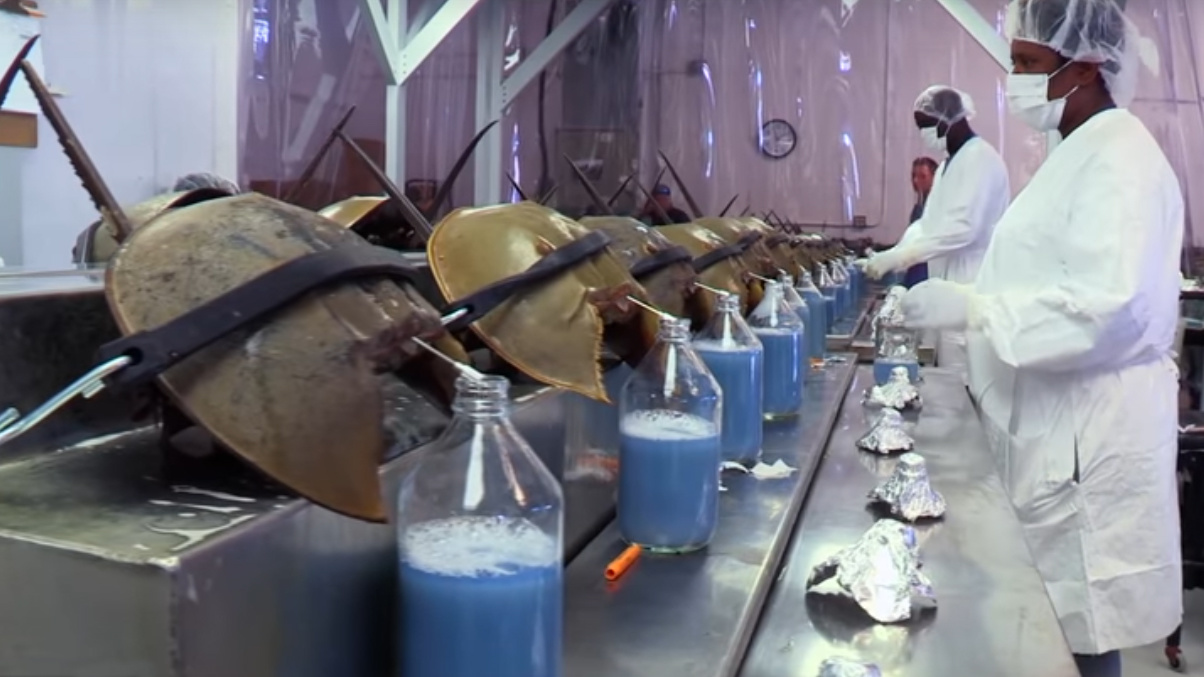- The relentless degradation of our natural resources is also your fault.
- The same way that vaccines work to create herd immunity in a population, a changing worldview that repositions us in relation to nature can do the same for the environment.
- Environmental herd immunity requires each one of us to make small sacrifices (vaccines hurt a bit but save lives, right?) that have the transformative power to change the world.
Here is a basic point that we often take for granted: To live you must breathe, drink water, and eat. If you don’t breathe or don’t eat or drink water, you die. That’s obvious. Now dial it down a bit. If the air you breathe and the water you drink and the food you eat are of bad quality, you will suffer. You will get sick, your energy will always be low, you will be miserable. I don’t think anyone could disagree with this point.
Now comes the point where many people turn off.
Okay, so we need good quality air, water, and food. “So what,” you’d say? “It’s not my job to fix this. That’s why we have a government. It’s all the big corporations’ fault—their greed, their stockholders. How could a single person make a difference?” Well, you could. And yes, governments and big business can and should as well. When it comes to the environment, you, the government, the corporations, all have a role to play. But in looking at the sources of the problem, the degradation of natural resources due to relentless abuse, it’s way too convenient to just sit back and blame others, be it the government or big business. The fact is, when it comes to our destructive relationship with nature, we are all to blame.
It starts with a worldview. How do you relate to nature? Do you miss it? Do you think about it? Do you sometimes wonder whether the choices of what you eat, of how you use transportation, of how you use water and energy play a role that is much bigger than you?
During the current pandemic, we often talk about herd immunity; the idea that if the majority of a population is immune to a disease, a collective change happens and there is ongoing stability: People stop dying in large numbers, and society as whole benefits. Sure, some will still get sick, and some will still die, as happens every year with the flu or the common cold. But the pandemic will be gone. The worldview needed for herd immunity—that vaccination and social distancing and protection measures are individual actions with global impact—catches on and soon the whole world population benefits.
How can we adapt the notion of herd immunity to the environment? Just like when you decide to be vaccinated because it will benefit you and those around you, you decide to reconsider how you deal with the natural world in your everyday choices. You become careful when buying a product, by first checking how the company aligns with your vision for the future. How do their production practices protect the environment? Do they abuse or kill animals? Are they striving to protect air and water quality? Are they producing food with the quality that you deserve and pay for? Or are they stuffing it with all sorts of chemicals, fake flavors, and preservatives? Do their corporate values align with yours? If not, why buy from them? Consumers have much more power than they believe. The marketplace is so vast that you are sure to find alternatives that would better match your vision for the future. If more and more people decide to do this, slowly but surely we would reach environmental herd immunity.
Consumers have much more power than they believe. The marketplace is so vast that you are sure to find alternatives that would better match your vision for the future.

Participants at the ‘Rise for Climate 5th Belgian and European march’, in Brussels, to raise awareness for climate change, Sunday 31 March 2019.Credit: Nicolas Maeterlinck/AFP via Getty Images
The United Nations Environmental Program has recently launched a comprehensive plan of action to address three environmental threats: climate change, pollution (air and water), and loss of biodiversity. The plan is very aptly named Making Peace with Nature. The report is based on the latest scientific environmental assessments and looks at the enormous social and economic disparities in the world as the crux of the problem. It calls for global unity and active participation of all nations and economies to guarantee success. The opening paragraph from the UN Secretary-General António Guterres sets the tone: “Humanity is waging war on nature. This is senseless and suicidal. The consequences of our recklessness are already apparent in human suffering, towering economic losses and the accelerating erosion of life on Earth.”
So, we go back to the notion of worldview and herd immunity. The current worldview, the “war on nature,” is suicidal. As is shunning from vaccination when the science and overwhelming results support it. We need a new worldview, which can only succeed if it is all-encompassing. Not everyone needs to sign on, but the majority does, so as to guarantee herd immunity. We need a worldview that realigns our thinking about the world and our place in it, that respects nature and the environment as the fundamental resource for our continual existence on this planet. Good quality air, water, and food, are the absolute basics for human existence.
With climate change, it’s like watching bombs falling in very slow motion, so slow that everyone thinks they can escape before they hit the ground.

Environmental herd immunity. Not everyone needs to sign on, just the majority.Credit: Steven via Adobe Stock / Big Think
The pandemic of environmental degradation and destruction is our greatest existential threat now. To survive by achieving environmental herd immunity calls for a revision of how each one of us relates to the planet and to natural resources. A vaccine is something you take to protect you from illness. But its benefits spread, and snowball to protect the population as a whole. Herd immunity. The environmental alarm has been sounded over and over again. But because people don’t see the bombs falling and exploding on the ground, they don’t correlate what is already happening with the climate to our war on nature. With climate change, it’s like watching bombs falling in very slow motion, so slow that everyone thinks they can escape before they hit the ground. That’s the old worldview, the one that must change. The new worldview can only become effective if we reach environmental herd immunity. And for that to be possible, you, and I, and most of us, have to take our collective fate into our own hands and change the way we live. Even if change involves some level of personal sacrifice, much like a vaccine. A vaccine hurts, can even make you sore and sick for a couple of days. But that’s a very small price to pay for staying alive, for being healthy and able to get out there into the woods, and for knowing that your actions, small that they may be, help change the world for the better.





